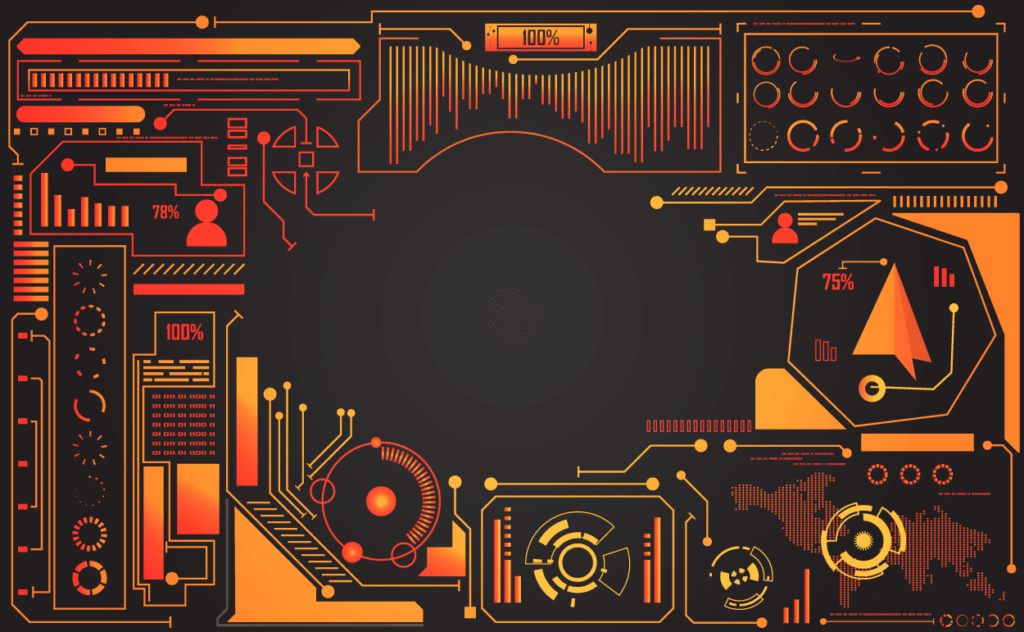
Research shows that people retain 80% of what they see. In addition, they retain 20% of what they read and a mere 10% of what they hear. When it comes to utilizing data in decision making, what’s the best approach?
The answer put simply is through seeing the data in an understandable, visible format. We’re visual creatures by nature. Imagery jumpstarts our cognitive processes in a way that text or audio cannot. In fact, the same studies show that 90% of the information that’s sent to our brain is visual!
To that end, when you’re using data in decision-making scenarios, how should you present it? Using visuals, of course! Major business moves hinge on the ability to understand a large number of insights in an instant, and data visualization can get you there.
Today, we’re exploring how business owners can leverage visual data to make better-informed choices. We’ll also share how to transform some of your most important analytics into visual formats that your whole team can use.
Ready to learn more? Let’s get started!
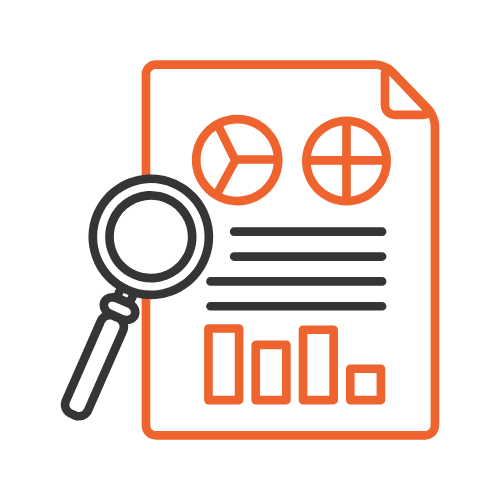
Big Data and Corporate Decisions
Before the internet proliferated into every corner of our lives and Big Data became a household phrase, most major business decisions were made from gut feelings.
For years, this kind of intuitive thinking steered myriad enterprises ahead. The only drawback? The untrustworthy nature of personal opinion led more than a few off track.
Now, however? We’ve got numbers. Lots of them.
In fact, by 2025, experts predict that there will be more than 150 zettabytes (150 trillion gigabytes) of data to process. A small fraction of that will enter your workplace.
That’s why it’s important to know how to mine it for the most valuable insights.
The top data sources that can impact your organization are varied, including insights gleaned from the following points:
- Social media
- Customer feedback
- Financial reports
- Human Resources information
- Website performance (Google Analytics)
You could track every detail of these metrics at every turn. Yet, they’re only helpful if you can understand them and act on what they’re telling you. That’s why so many businesses around the world are investing in top-tier data analytics software.
Along the way, they’re experiencing unparalleled success.
Need proof? Reports reveal that data-driven organizations are growing at a 30% quicker rate than their peers who still rely on instinct to inform decision-making. Moreover, these organizations will earn a collective $1.8 trillion by 2021.
In addition to industry momentum and financial gain, a few of the other benefits of prioritizing data analysis include the ability to:
- Forecast industry movement and set new trends
- Offer a more personalized customer experience
- Strengthen key business sectors including finance and operations
- Apply innovative solutions to meet market demands
Still, it’s one thing to amass heaps of Big Data. To get the most use out of it, you now have to present those findings in a way that your team members will respond to and understand. An oversized Excel spreadsheet containing thousands of rows of numbers isn’t going to go very far, nor will it go over very well.
This is where visualization can help.
Next, let’s take a look at why it’s a can’t-miss component of your data analysis and decision-making process.
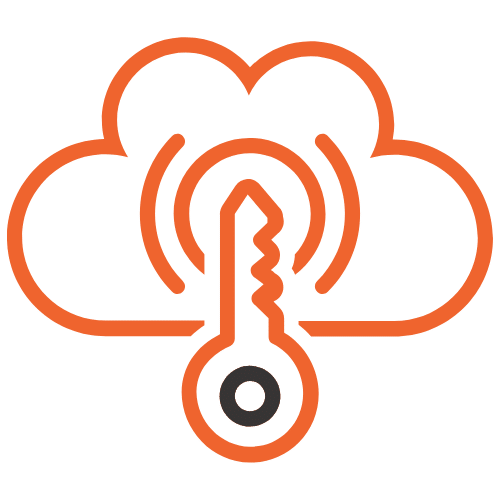
Visualizations Improve Data Accessibility
Data visualization is the process of transforming unstructured data into different types of visuals, including, among others:
- Column charts
- Bar graphs
- Stacked bar graphs
- Stacked column charts
- Waterfall charts
- Bubble charts
- Scatter plot charts
When you’re up against a mountain of data, these kinds of visualizations can help.
How?
Successful decision-making requires a thorough understanding of the issue at hand. Visualizations take complicated and complex information and make it as accessible as possible, organizing data into charts, graphs, and diagrams rather than screens of text.
Take the Interactive Government Budget created during the President Obama Administration in 2016, for example.
For the most part, government budgets are known for being dense and difficult to understand. This is especially true for those far away from Capitol Hill.
To this end, officials created a treemap that broke the budget into the following digestible categories, as well as others:
- Medicare
- Social Security
- Health Research and Food Safety
- Food and Nutrition Assistance
- Veteran Benefits
- Transportation
- Ongoing Operations
The treemap featured a color-coding scheme that distinguished each category from the next. Although it wasn’t the most visually stunning product, the delivery method was remarkable. This map allowed a government entity to reveal to U.S. taxpayers exactly where their money was going.
In short, this visualization transformed one of the most obscure topics in the country and made it as user-friendly as possible.
The same happens in offices around the world when business leaders choose to represent their most important, albeit complicated, data in a visual-heavy format. Even the most intricate points are instantly easier to grasp.
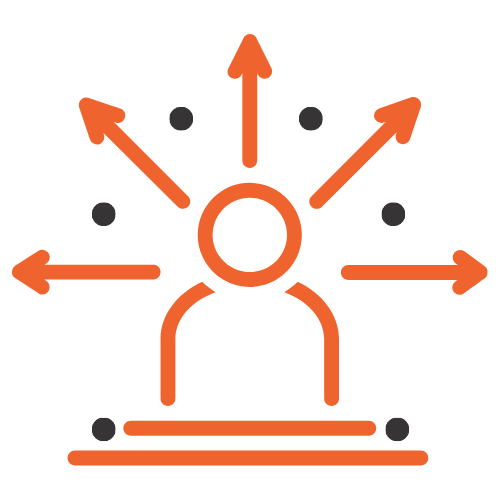
How Simple Data Analysis Transforms Complex Problems to Drive Smart Decisions
If you’re faced with a major decision, wouldn’t you want to reference data presented in its simplest form? The federal government received more than $3.2 trillion in revenue for the fiscal year 2016. Imagine poring over a spreadsheet with those numbers!
The Interactive Government Budget reveals that it’s possible to turn even the densest metrics into actionable insights that drive smart decisions. Visualization is the backbone of this improved accessibility.
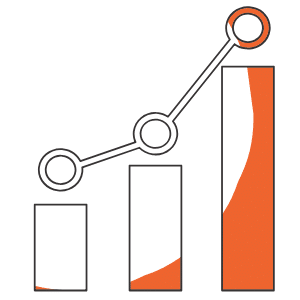
1.Visualizations Highlight the Most Important Data
Think about it: If you were looking for a needle in a haystack, would you take the time to turn over every single piece of straw?
The same holds true for data visualization.
Not every piece of data that crosses your desk will hold immense value for your organization. Visualization helps you clean up this information so you can better focus on the critical issues at hand.
Once you’ve loaded all of your inputs, you can use visualization tools to remove errors from the dataset. You can also detect relationships in the data and merge it into functional columns or models.
As you interact with the data points in this way, finding the patterns and grouping by similarity, you’re able to more clearly identify outliers that provide little to no value. From there, you can present the most important data in an intuitive and visual way. You can also create reports and presentations to share with your colleagues.
What does this have to do with data decision making?
Analysis paralysis is a very real condition. Making a sound choice when faced with 100 possibilities can leave even the most astute leader second-guessing his final word. On the other hand, when there are only 10 choices to select from, there can be a higher level of confidence.
To this end, researchers have found that managers who use data discovery and visualization tools are 28% more likely to find relevant, mission-critical insights than those who rely on reporting and managed dashboards!
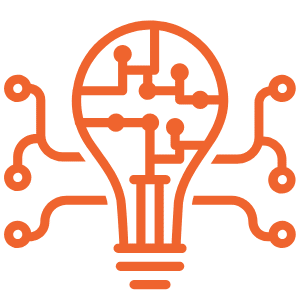
2. Visualizations Demonstrate Decision Outcomes
Years ago, business leaders would make a decision and hope that what they’d chosen was the best route for the company.
Thanks to tech-savvy data visualization, they can now see those prospective, potential outcomes ahead of time.
Consider the (CAIT) created using data from the World Resource Institute and the Intergovernmental Panel on Climate Change.
This interactive tool allows users to click on the name of a country to receive an in-depth look at its state of carbon dioxide emissions. There is also a separate map that provides a look at what the future will hold if certain scenarios occur,
While this is an isolated example, you can perform similar data testing and manipulation techniques in the office. How will the tables or charts automatically adjust if you move an employee from one department to the next? Do you have enough money built into the budget to purchase “X”?
This kind of functionality helps leaders avoid some of the common pitfalls and risks associated with uncertainty. In addition, knowing historical results and the tentative future of your hard work helps you set stronger and more precise benchmarks and Key Performance Indicator (KPI) targets. If hard data reveals a favorable forecast, it’s easier to press ahead, and vice versa.
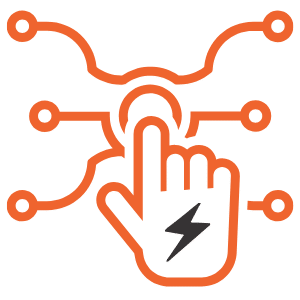
3. Visualizations Help Focus Business Efforts
One of the most common decisions that a business leader will face is where to spend corporate dollars and how to utilize talent. Should you put more into your advertising and outreach campaigns? What about investing in professional development?
Visual data allows you to quickly scan and see which parts of your company are stronger than others. From there, you can make smart financial and operational decisions that bolster fledgling programs while allowing successful ones to thrive.
Simply dumping all of your datasets as plain text or compiling them into a spreadsheet can leave you scratching your head as to which parts are the most important.
Conversely, visualizations allow you to see in an instant where you need to focus your efforts. For example, you can create a chart that visually depicts the sales statistics of the top 10 products in your inventory over the last quarter.
In seconds, you’re aware of which items soared and which are falling behind.
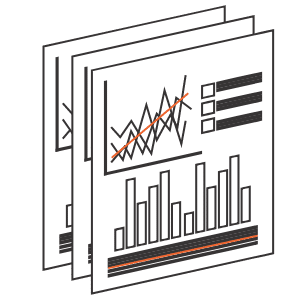
4. Visualizations Encourage Hands-On Participation
One of the main appeals of visual data is its usability. These aren’t dense volumes of text laden with industry jargon. Rather, most are intuitive and easy to follow.
This helps every decision-maker take an active role in the analytical process. Does your sales department lead want to see how open trouble tickets affect repeat purchases? You can adjust the view of each chart to compare.
At the same time, your marketing manager can ask to see the forecasts for the upcoming campaign, all while your maintenance crew investigates average customer telephone wait times.
When everyone feels connected to the data, they’re that much more willing to put in the work required to initiate real change.

5. Visualizations Foster Clear Communication
If you’re at the helm of a business, it’s unlikely that you work in isolation. Even if you’re a solopreneur, you still have partners, distributors, and suppliers that help keep your company afloat.
As such, you’ll likely need to communicate with others before you can move forward on an important decision. Doing so requires demonstrating how they factor into the bigger picture.
Effective data visualization helps establish clear connections between disparate business operations, demonstrating how they all work in tandem. As a result, your department heads can access their unique stake in the game and how they can contribute.
For instance, the question might be: Should we invest in this new Customer Relationship Management (CRM) software platform?
Everyone who will touch the system needs to understand how a new solution will affect the way they work. You can create a line graph that demonstrates the current growth of different departments, using a different color to track projected growth post-CRM implementation.
This way, you can discover correlations between departments. You can also encourage an open and clear dialogue around the decision, weighing inputs and opinions from employees across the enterprise.
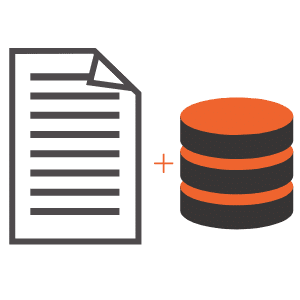
6. Visualizations Quicken Information Processing
In some cases, you have days, weeks, or moths to ponder a large-scale business decision. In others, you have only a few minutes.
In either case, you don’t have the time or the bandwidth to work with clunky, manual data. Visualizations provide everything you need to know in a consolidated, simplified format.
Sure, you could read a database line by line or scroll through pages of text. Yet, why not access your most important information in the most logical format? When you understand it more, you’ll find that over time, decisions come more easily than they did before.
Learning to Visualize Data in Decision Making
We’ve been engrained to believe that there is a set way to process and share business data in decision making. However, new visualization techniques are out to shake up the status quo.
It’s time to help your Big Data deliver truly big results. As your company receives insights, we’ll help you turn them into stunning, interactive visuals. This way, your entire workforce can use and understand the logic behind some of your most important decisions.
Give us a call at (301) 560-7901, shoot us an e-mail at info@boostlabs.com, or Contact us today to learn more and let’s take this exciting next step together.
